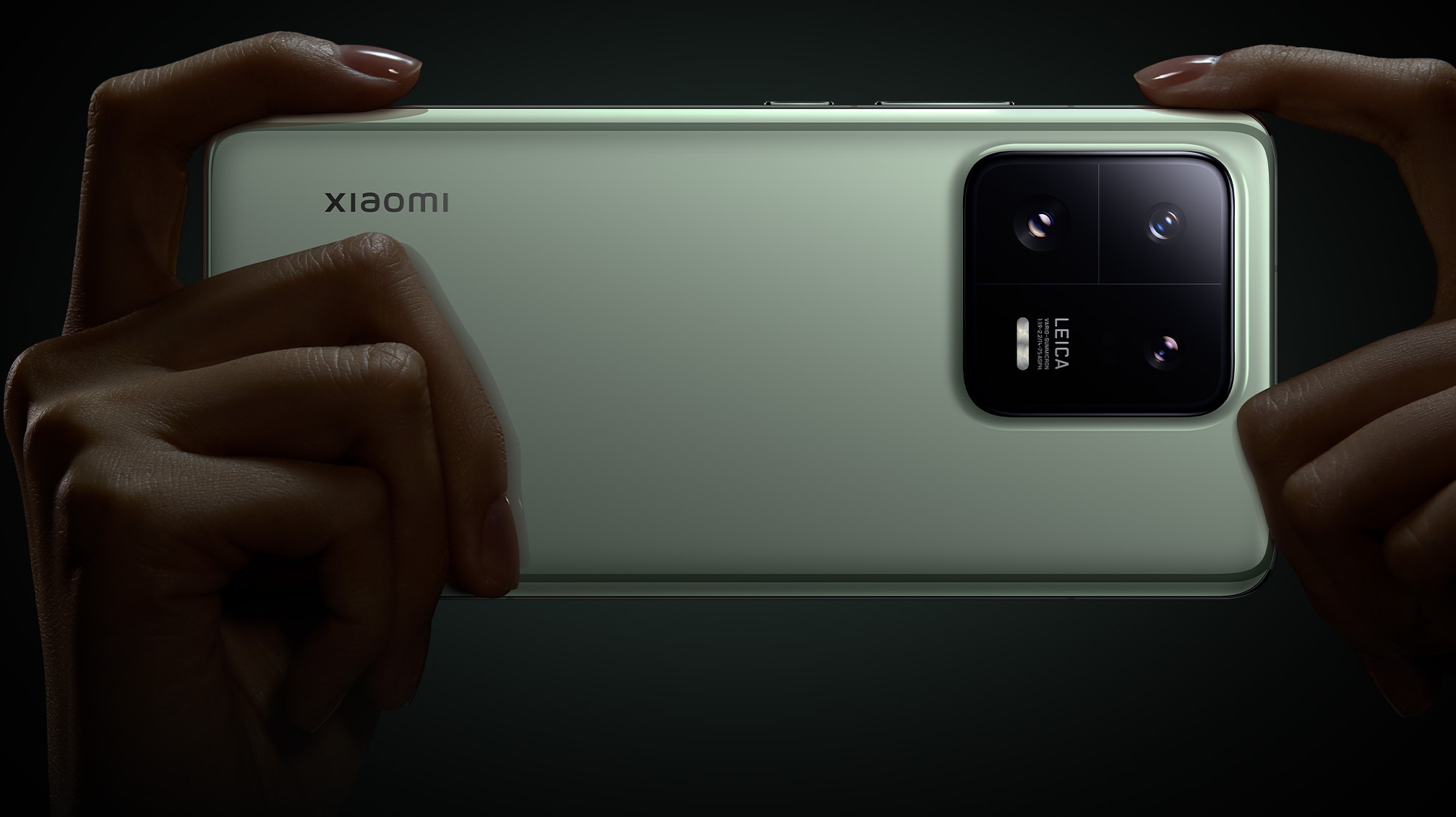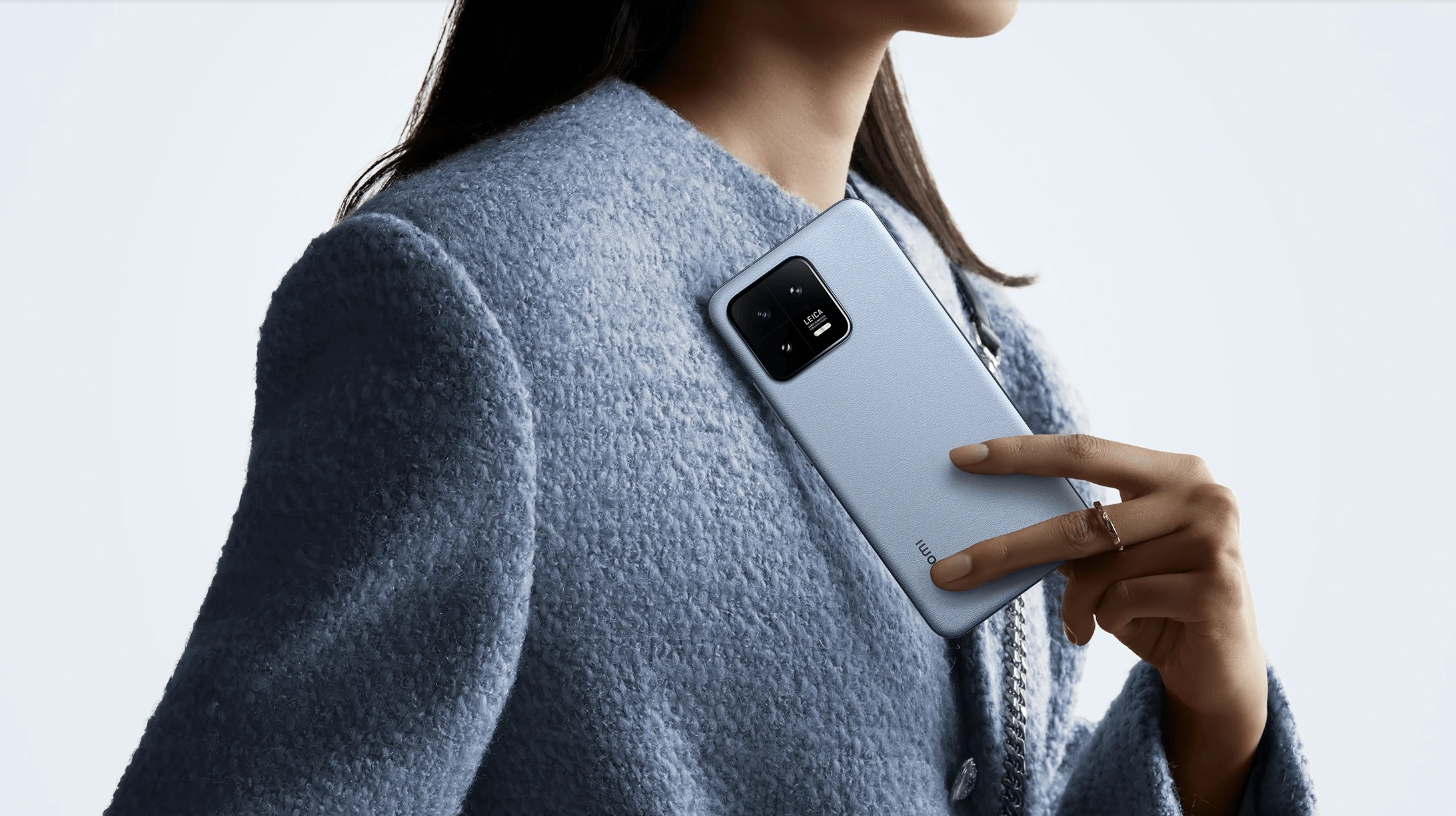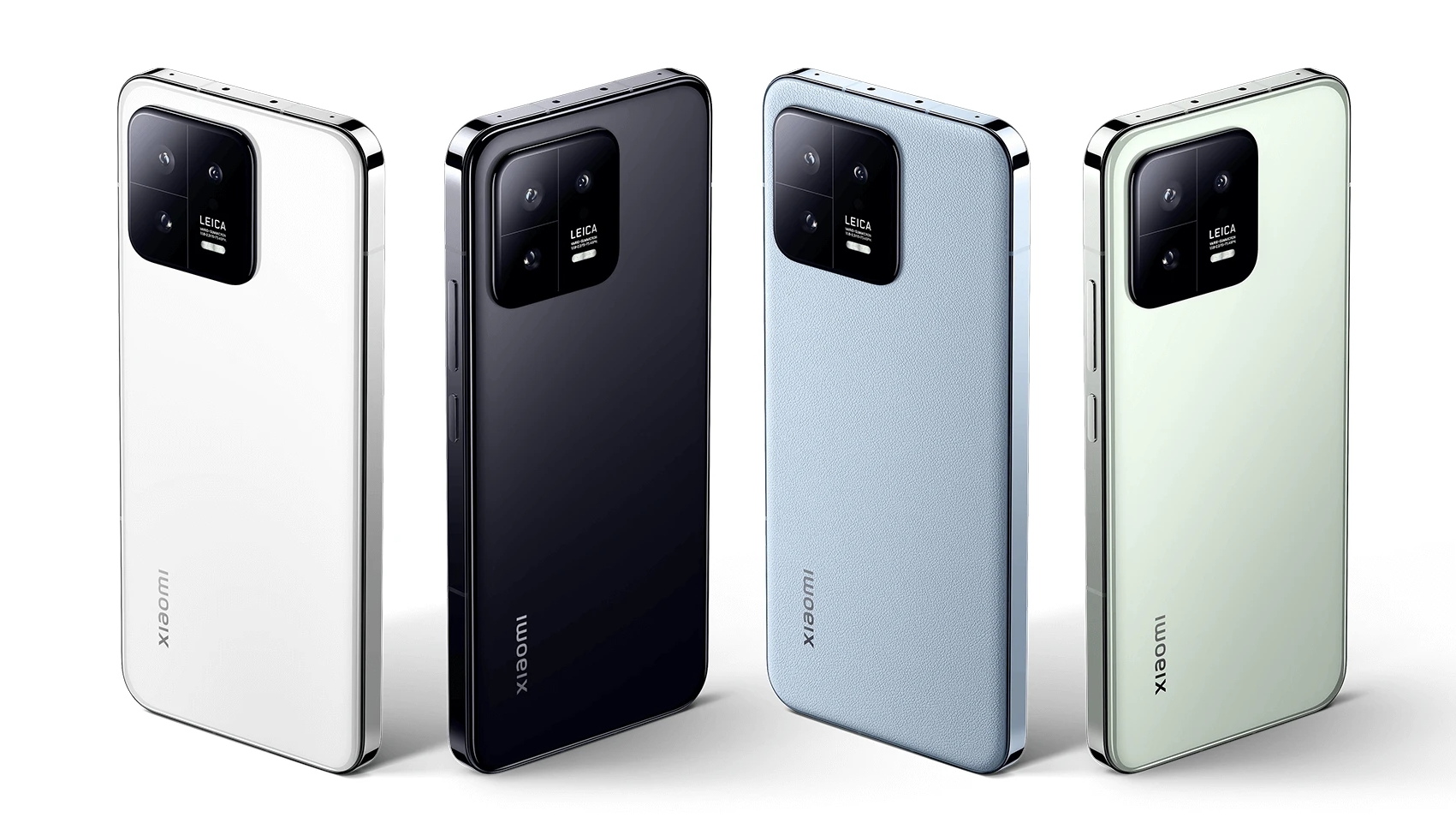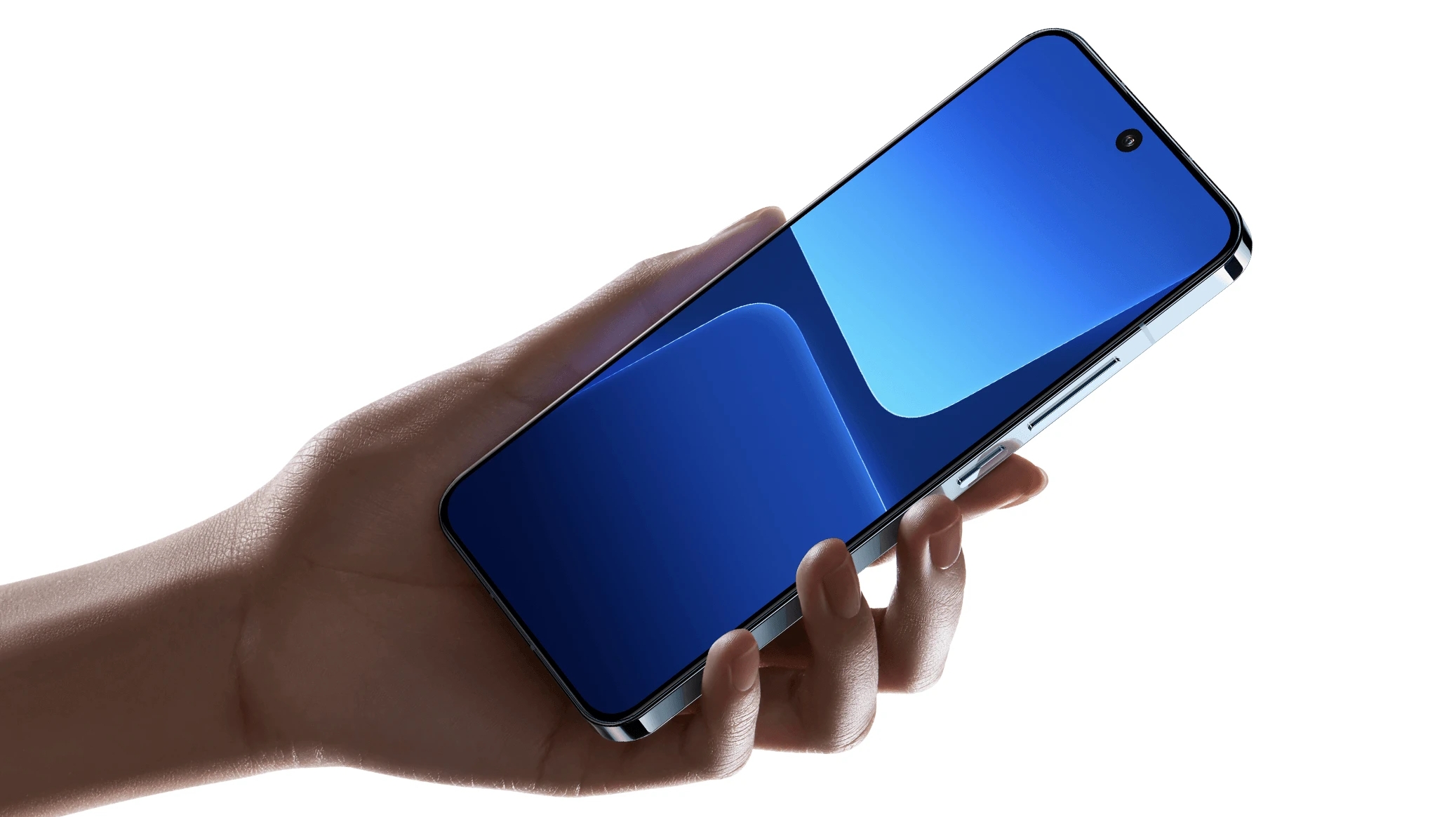Xiaomi 13: everything you need to know

The Xiaomi 13 and Xiaomi 13 Pro are now official, and could rank among the best phones of 2023. Having launched in China late last year, Xiaomi has finally brought its latest flagship smartphone series to multiple markets globally, beginning with a dedicated event ahead of the MWC trade show in Barcalona on February 26.
With the international launch, we now have a clearer picture of design, specs, features, and of course, pricing and availability.
Highlights include a top-end Snapdragon 8 Gen 2 chipset and – in the case of the Xiaomi 13 Pro – a 1-inch camera sensor, but there’s plenty more to like about these phones too, all of which you’ll find detailed below.
We’ve also included information on the Xiaomi 13 Ultra, which hasn’t yet been announced but which there are a few rumors about, and the Xiaomi 13 Lite, which also launched on February 26.
Check out our full Xiaomi 13 review and a hands-on Xiaomi 13 Pro review, if you want to dive a little deeper.
Cut to the chase
- What is it? The latest flagship Xiaomi phones
- When is it out? Launched globally on February 26, on sale March 14
- How much does it cost? Starts at CNY3,999 (roughly $575 / £465 / AU$845) in China and costs from £849 and £1,099 in the UK for the 13 and 13 Pro, respectively.
Xiaomi 13 release date and price
The Xiaomi 13 and Xiaomi 13 Pro were both announced in China on December 11, with the company subsequently confirming that they'd be launching globally on February 26 – which they did, just ahead of the MWC 2023 trade show in Barcelona.
While February 26 played host to the Xiaomi 13 series global release, markets where Xiaomi doesn't already have a dedicated presence – including the US and Australia – will likely push eager buyers to purchase a grey market import instead.
In the UK, it's a different story, with the Xiaomi 13 and 13 Pro officially going on sale on March 14, with availability from Xiaomi itself, as well as 'official retail channels' and local retailers, including Currys and Argos.
Sign up for breaking news, reviews, opinion, top tech deals, and more.
Internationally, you'll find higher prices for the 13 series compared to their local China pricing (as is always the way), as well as a different blend of storage, memory and color options to choose from.
In the UK, the standard Xiaomi 13 costs £849 (approximately $1,015 / AU$1,510), while the the Xiaomi 13 Pro is priced £1,099 (approximately $1,310 / AU$1,950). The Xiaomi 13 Lite costs £449 (approximately $535 / AU$800), in the UK and is available to buy immediately.

Xiaomi 13 design
The Xiaomi 13 is available in understated black, light green, light blue, gray and white shades, along with much brighter red, yellow, green, and blue colors. Those bright colors, along with the gray shade, are classed as limited editions and you won't see those outside of China.
All of the colors use a glass back except for the light blue model, which has a leather-like finish.
The Xiaomi 13 has a large camera block on the back, with lines dividing it into sections. The frame is metal. There’s a flat screen housing a punch-hole camera, and the phone a hair under 8mm thin (or 8.1mm for the light blue version).

The phone weighs 189g – or 185g in light blue - and has IP68 certification, so it’s got significant water and dust resistance.
The Xiaomi 13 Pro has a very similar design, but with a curved screen and curved back – more on this below. It comes in white, black, green, and light blue shades, all of which are ceramic except the blue, which uses a leather-like finish, and again, that choice becomes more limited when purchasing the phone internationally.
The 13 Pro, too, has an IP68 certification, and it comes in at less than 8.4mm thick and 229g. The exception is the blue model, which is 8.7mm thick but only 210g.


As for the Xiaomi 13 Lite, while the phone did technically launch late last year, like its siblings mentioned here, it arrived in China as the Xiaomi Civi 2, receiving a rebrand for international audiences as the 13 Lite for its relaunch on Febuary 26th.
This accounts for the phone's decidedly different design aesthetic, which far more closely resembles the Xiaomi 12 series – with its rounded, segmented camera module. It's also the thinnest and lightest entry in the 13 series.
Xiaomi 13 display
The Xiaomi 13 has a 6.36-inch, 1080 x 2400 OLED screen with a 120Hz refresh rate, HDR10+ support and a peak brightness of 1,900 nits, which is very bright. It’s a flat screen with a punch-hole camera at the top, and the bezels are small.
The Xiaomi 13 Pro has a 6.73-inch, 1440 x 3200 OLED screen with a 120Hz refresh rate, HDR10+ support and a peak brightness of 1,900 nits. So the Xiaomi 13 Pro’s screen is bigger and higher resolution, but similar in some other ways. It’s also curved, unlike the standard Xiaomi 13’s screen.
The Xiaomi 13 Lite sports a 6.55-inch, 1080 x 2400 OLED screen with a 120Hz refresh rate, HDR10+ support and a peak brightness of 1,000 nits – so lower than the other entries in the series.

Xiaomi 13 camera and battery
The Xiaomi 13 Lite, Xiaomi 13 and Xiaomi 13 Pro have a triple-lens camera, but they make use of different lenses and sensors.
The Xiaomi 13 has a 50MP f/1.8 primary sensor, a 10MP f/2.0 telephoto one with 3.2x optical zoom, and a 12MP f/2.2 ultrawide; the main and telephoto cameras also have optical image stabilization (OIS). The phone can shoot video in up to 8K quality at 24fps, and has a 32MP f/2.0 selfie camera too.
The Xiaomi 13 Pro, meanwhile, has a 50MP f/1.9 primary camera with OIS and a massive one-inch sensor size, likely allowing for significantly higher quality shots than most smartphone sensors are capable of.
It also has a 50MP f/2.0 telephoto camera with 3.2x optical zoom and a 50MP f/2.2 ultra-wide camera, which can also take macro shots, and has a 115-degree field of view. The front-facing camera is, again, 32MP.
The Xiaomi 13 Lite is a different beast, which loses out on the Leica partnership and serves up a comparatively pedestrian 8MP ultrawide and 2MP macro snapper, although it does aim to impress with its lead 50Mp f/1.8 sensor (no OIS here, though).
Perhaps its most standout camera feature comes with its 32MP f/2.4 selfie camera, which is accompanied by a secondary 8MP depth sensor that collectively give the phone a decidedly iPhone 14 Pro-like Dynamic Island-style notch along the top edge of the phone's display.
You can see official camera samples from the Xiaomi 13 Pro's main and telephoto lenses below.


It’s worth mentioning the Xiaomi 13 Ultra here too, as while this hasn’t yet been announced, it has been rumored. Apparently this has a quad-lens camera, including the same one-inch sensor for the main lens as the Xiaomi 13 Pro has, along with gimbal stabilization, all of which makes it sound like it could be a contender for our list of the best camera phones.
As for the battery, the Xiaomi 13 has a 4,500mAh cell with 67W wired charging, 50W wireless charging, and 10W reverse wireless charging. The Xiaomi 13 Pro has a 4,820mAh battery offering 120W wired charging, 50W wireless charging, and 10W reverse wireless charging.
The Xiaomi 13 Lite loses out on wireless charging, but otherwise enjoys the same 4,500mAh battery capacity and 67W fast charging as the standard Xiaomi 13.
Xiaomi 13 specs and features
Both the Xiaomi 13 and Xiaomi 13 Pro use a Snapdragon 8 Gen 2 chipset. This is the top Snapdragon chipset at the time of writing, and is likely to be the best option available to Android phones until late 2023, when we might see a Snapdragon 8 Plus Gen 2.
The two phones also come in numerous configurations, with a choice of 8GB or 12GB of RAM, and 128GB, 256GB or 512GB of storage, although in the UK – as with the colorway limitations – the Xiaomi 13 can only be had with 8GB of RAM (LPDDR5X) and 256GB of (UFS 4.0) storage, while the Xiaomi 13 Pro comes with 12GB RAM instead (but the same storage).
They both support 5G, both run Android 13 (with Xiaomi’s MIUI 14 interface on top) and both also have sport Dolby Atmos-tuned stereo speakers.
The Xiaomi 13 Lite, meanwhile, relies on a Qualcomm Snapdragon 7 Gen 1 SoC and comes with 8GB of RAM and 128GB of storage in the UK. While it does also arrive with MIUI 14, the experience runs atop Android 12 and like the 13 and 13 Pro, the phone also packs in Dolby Atmos-capable stereo speakers.
James is a freelance phones, tablets and wearables writer and sub-editor at TechRadar. He has a love for everything ‘smart’, from watches to lights, and can often be found arguing with AI assistants or drowning in the latest apps. James also contributes to 3G.co.uk, 4G.co.uk and 5G.co.uk and has written for T3, Digital Camera World, Clarity Media and others, with work on the web, in print and on TV.
- Alex Walker-ToddSenior Phones Editor